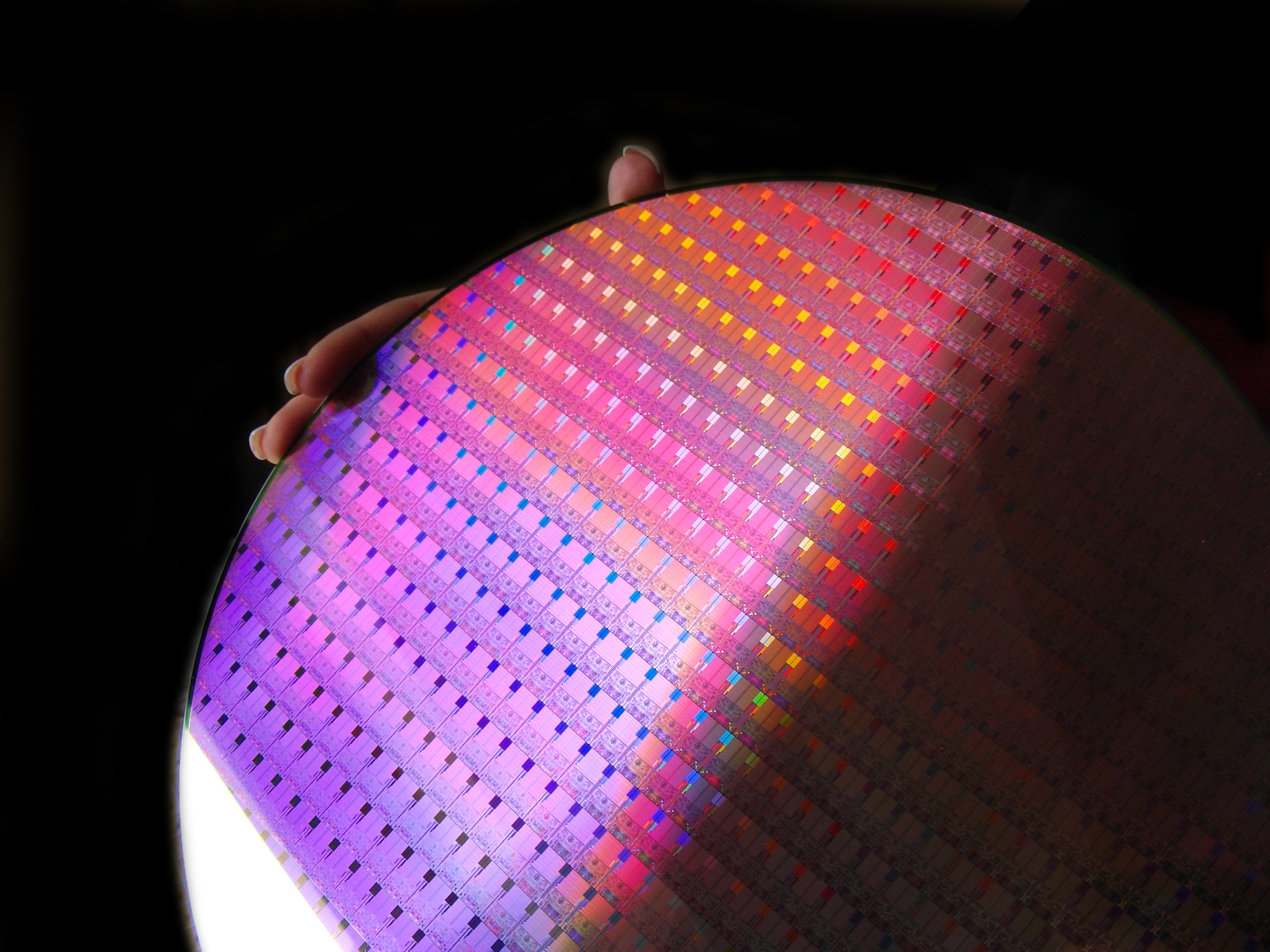Intel showboats in Shanghai: IDF approaches
More silicon than you can possibly imagine

The spring installment of the twice-yearly Intel Developer Forum kicks off on Tuesday in Shanghai, China. Apart from jet-lagged journos snoozing through the keynotes, just what can we expect from everyone's favourite silicon-spewing colossus?
More on Nehalem
This is Intel's bread and butter, its bottom line and its core competence rolled into one. PC processors, in other words, still define the company and Nehalem is the crucial next installment of its so-called 'tick-tock' CPU roadmap. Undoubtedly, it's the most significant architectural overhaul of Intel's X86 family since the original Conroe-vintage Core 2 processor blew us all away at the Fall IDF (I in 2006.
Intel has already lifted the lid on most of Nehalem's deep, dark secrets. We know that it will launch in native quad core format, pack an integrated memory controller and system I/O and even offer on-package graphics.
Oh, and Intel has also revealed Nehalem will resurrect Hyper-Threading technology – each core will be capable of crunching two software threads simultaneously. In short, Nehalem is shaping up to be a multi-threading monster.
The only thing we don't know is exactly how much extra performance it will bring. With any luck, that's something we'll get a pretty good feeling for at IDF. Intel might just allow us to test-drive the new chip in controlled conditions, just as it did with Conroe back in '06.
Until, then we'll go out on a limb and predict that Nehalem will bring only a relatively modest single-threaded performance boost – at most 15 per cent and probably more like 10 per cent, compared with the latest 45nm Penryn chips. Where the new architecture will really shine is in multi-tasking and multi-threading scenarios, particularly in bandwidth-intensive applications. Expect the fastest Nehalems to spank the best Core 2 Quads by around 30 per cent when threading is on the menu.
Get daily insight, inspiration and deals in your inbox
Sign up for breaking news, reviews, opinion, top tech deals, and more.
Menlow, Moorestown and masses of MIDs
X86 chips packed into some seriously small form factors should be a major theme in Shanghai this week. The Menlow ultra-mobile platform, otherwise know as Centrino Atom, is just about to hit critical mass in terms of viable production volumes. Expect Intel to rope in plenty of partners to help show off a slew of funky new mobile internet devices (MIDs) at IDF.
We'd also put good money on Intel indulging in a little trash-talking during its mobile keynote this time round. The target of Intel's wrath will be non-X86 mobile processors. Intel will be bigging up both the raw computer power and unbeatable software support, especially web-based applications, of its tried and tested X86 tech.
That said, Centrino Atom doesn't get really sexy until the second revision, known as Moorestown, arrives next year. Intel reckons it will deliver a 10x improvement in power efficiency. Moorestown will very probably be the first X86 platform to find its way into smartphones and other genuinely pocket-sized digital devices.
Larrabee
Intel keeps trickling out more and more details regarding the Larrabee multi-media co-processor, but it's still an infuriatingly mysterious entity. Is it essentially a graphics chip that can turn its hand to other tasks? Or is it a more general purpose floating-point beast that just happens to be a dab hand at pumping out pixels?
Hopefully Shanghai IDF will leave us with a better understanding of what the chip is capable of and exactly how Intel plans to position it.
Programmable silicon radios
Not a sexy topic on the face of it, but programmable silicon radios will have a huge impact on how you use information technology on the move. Intel is currently working towards a single-chip solution capable of supporting Wi-Fi, WiMAX, 3G, DVB-H mobile TV and much, much more.
Imagine all of those radios packed into a device as slender as the smallest GSM handset and you'll have some idea of what the future holds. IDF should bring us more details of the first step on the path to this fully unified ideal, in the form of a single chipset that combines Wi-Fi and WiMAX radios.
Even tinier trannies
No, not very small cross-dressers, but the inevitable march of Moore's law. Intel has been hitting its targets with unerring accuracy of late, so its upcoming 32nm silicon production node should be on track for full deployment next year.
It's a little early to expect any hands-on fun with 32nm kit at this IDF. But there's just a whiff of a chance that senior Intel suit Paul Otellini might briefly demo the 32nm Sandy Bridge die shrink of Nehalem on stage. OK, that's more likely to take place at IDF San Francisco this autumn. But it wouldn't be IDF without Intel showboating about its latest breakthrough in silicon wafer production.
Technology and cars. Increasingly the twain shall meet. Which is handy, because Jeremy (Twitter) is addicted to both. Long-time tech journalist, former editor of iCar magazine and incumbent car guru for T3 magazine, Jeremy reckons in-car technology is about to go thermonuclear. No, not exploding cars. That would be silly. And dangerous. But rather an explosive period of unprecedented innovation. Enjoy the ride.